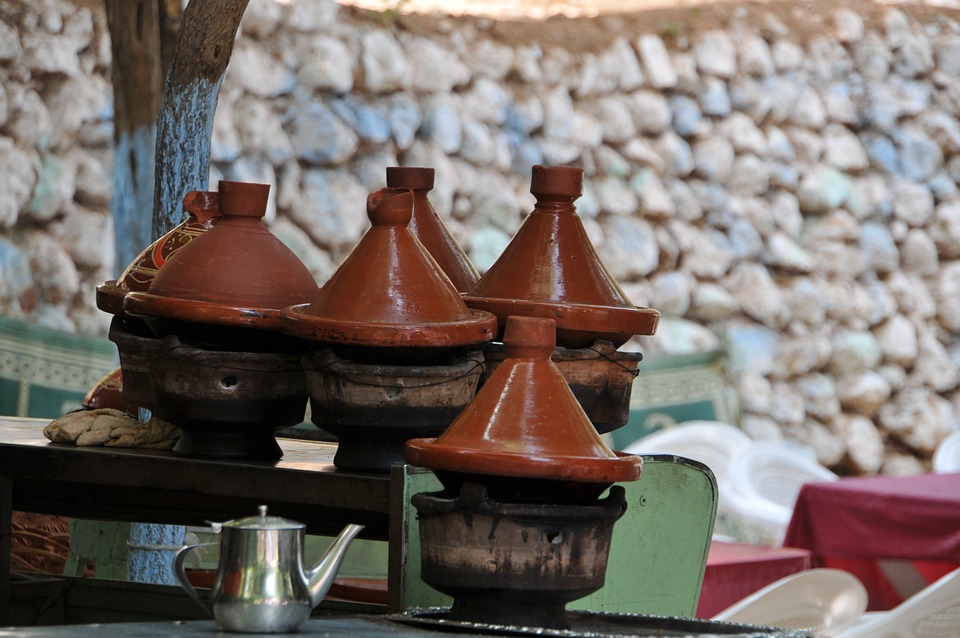Exploring Moroccan Influences in Algeciras Architecture and Design
The Blend of Cultures
Algeciras, a city located in the southernmost tip of Spain, has long been a melting pot of cultures and influences. With its close proximity to Morocco, just across the Strait of Gibraltar, it is not surprising that Moroccan influences can be seen in the city’s architecture and design.
The Moorish Legacy
The most significant influence in Algeciras’ architecture and design comes from the Moors, who ruled the Iberian Peninsula for over 700 years. The Moors, who were of North African and Arab descent, brought with them their unique architectural style, characterized by intricate tile work, geometric patterns, and ornate arches.
One of the most prominent examples of Moorish architecture in Algeciras is the Algeciras Mosque, which was built in the 18th century. The mosque’s design features a traditional Moroccan courtyard with a central fountain, surrounded by arched walkways and intricately tiled walls. The mosque’s minaret, with its intricate carvings and geometric patterns, is reminiscent of the minarets found in Moroccan mosques.
Traditional Moroccan Design Elements
In addition to Moorish influences, Algeciras’ architecture and design also feature traditional Moroccan design elements, such as bright colors, intricate wood carvings, and lush gardens. One example of this is the Casa Melgarejo, a historic mansion in Algeciras that showcases traditional Moroccan tile work and ornate plasterwork.
Another example of Moroccan influence in Algeciras is the use of traditional Moroccan furniture and textiles. Many homes and buildings in the city feature colorful Berber rugs, intricate tile work, and hand-carved wooden furniture, creating a warm and inviting atmosphere that is reminiscent of a Moroccan riad.
Modern Interpretations
While traditional Moroccan design elements are still prevalent in Algeciras, there are also modern interpretations of Moroccan architecture and design in the city. One example of this is the Algeciras Port Authority Building, which features a sleek, contemporary design with nods to traditional Moroccan architecture, such as a central courtyard and arched walkways.
Another example of modern Moroccan influence in Algeciras is the use of traditional Moroccan tiles in contemporary design. Many new buildings in the city feature colorful, geometric tiles that pay homage to traditional Moroccan tile work, while adding a modern twist with bold patterns and asymmetrical designs.
Preservation and Revitalization
As Algeciras continues to evolve and grow, there is a renewed focus on preserving and revitalizing the city’s historic architecture and design. One example of this is the restoration of the Algeciras Old Town, a historic neighborhood that showcases the city’s rich architectural heritage.
The restoration of the Algeciras Old Town includes preserving historic buildings, such as the Casa de la Bomba, a traditional Andalusian mansion with Moorish influences. In addition to preserving historic buildings, the restoration also includes revitalizing public spaces, such as plazas and gardens, to create a more vibrant and inviting atmosphere for residents and visitors alike.
Conclusion
The influence of Moroccan architecture and design in Algeciras is a testament to the city’s rich cultural heritage and history. From traditional Moorish influences to modern interpretations, the blend of cultures creates a unique and vibrant architectural landscape that is truly one-of-a-kind.
As Algeciras continues to evolve and grow, the preservation and revitalization of its historic architecture and design will be crucial in maintaining the city’s unique identity and charm. By embracing its Moroccan influences, Algeciras can continue to showcase its rich cultural heritage and create a welcoming space for residents and visitors alike.
